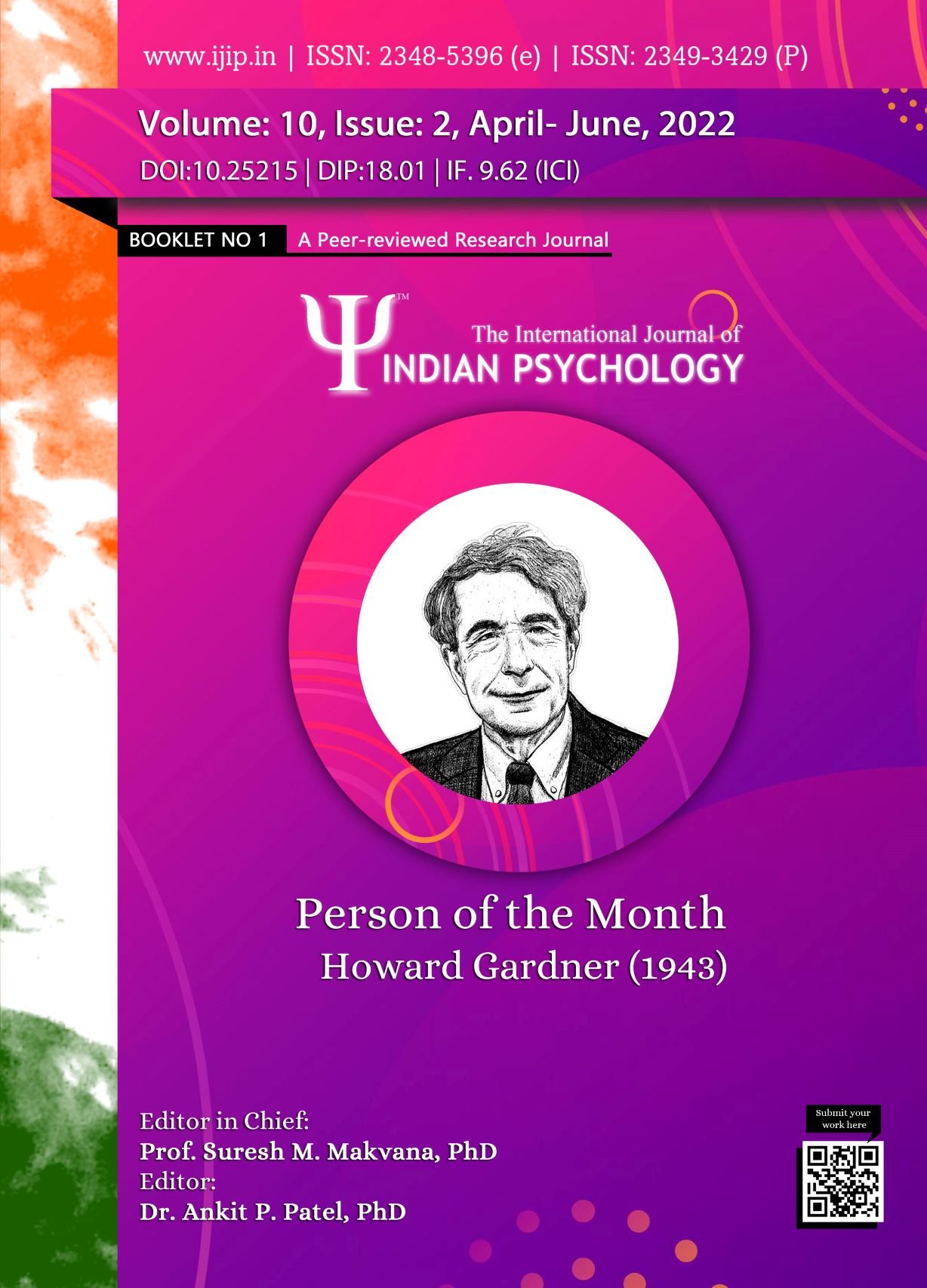Common Menstrual Health Problems of Tharu Females and Impact of Intervention on Their health
DOI:
https://doi.org/10.25215/1002.042Keywords:
Health, Menstrual problems, Tharu, Tribe.Abstract
Background: Menstruation, an important part of female reproductive cycle but menstrual dysfunction in adolescent girls may affect normal life of adolescent and young adult women. Menstrual Hygiene is an issue that every girl and woman have to deal with once she enters adolescence around the age of 12yrs and until she reaches the menopause somewhere in her 40’s. Overall, a woman spends approximately 2,100 days menstruating which is equivalent to almost six years of her life. Menstruation is a monthly occurrence that requires access to appropriate materials and facilities, without which, females suffer from poor menstrual hygiene which restricts their movement and self-confidence. Objectives: 1-To assess the common menstrual problems among Tharu women. 2- To assess the impact of intervention their health. Methodology: The study was a community based cross sectional study. A total of 400 Tharu women were interviewed using pre tested interview schedule. Conclusion: Menstrual health is fundamental to women sexual and reproductive health. Due to poor socio-economic status the most vital factor for not using napkins was the affordability. This can be achieved by giving them proper training and health education by teachers, family members, health workers, and media so that there won’t be any misconception to the Tharu womnen regarding menstrual hygiene.Metrics
No metrics found.
Published
2022-11-05
How to Cite
Dr. Bhagya Preet Kaur, & Dr. Savita Ahluwalia. (2022). Common Menstrual Health Problems of Tharu Females and Impact of Intervention on Their health. International Journal of Indian Psychȯlogy, 10(2). https://doi.org/10.25215/1002.042
Issue
Section
Articles


